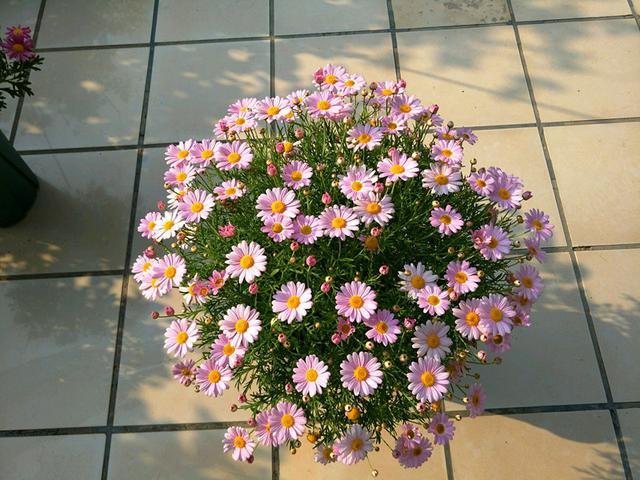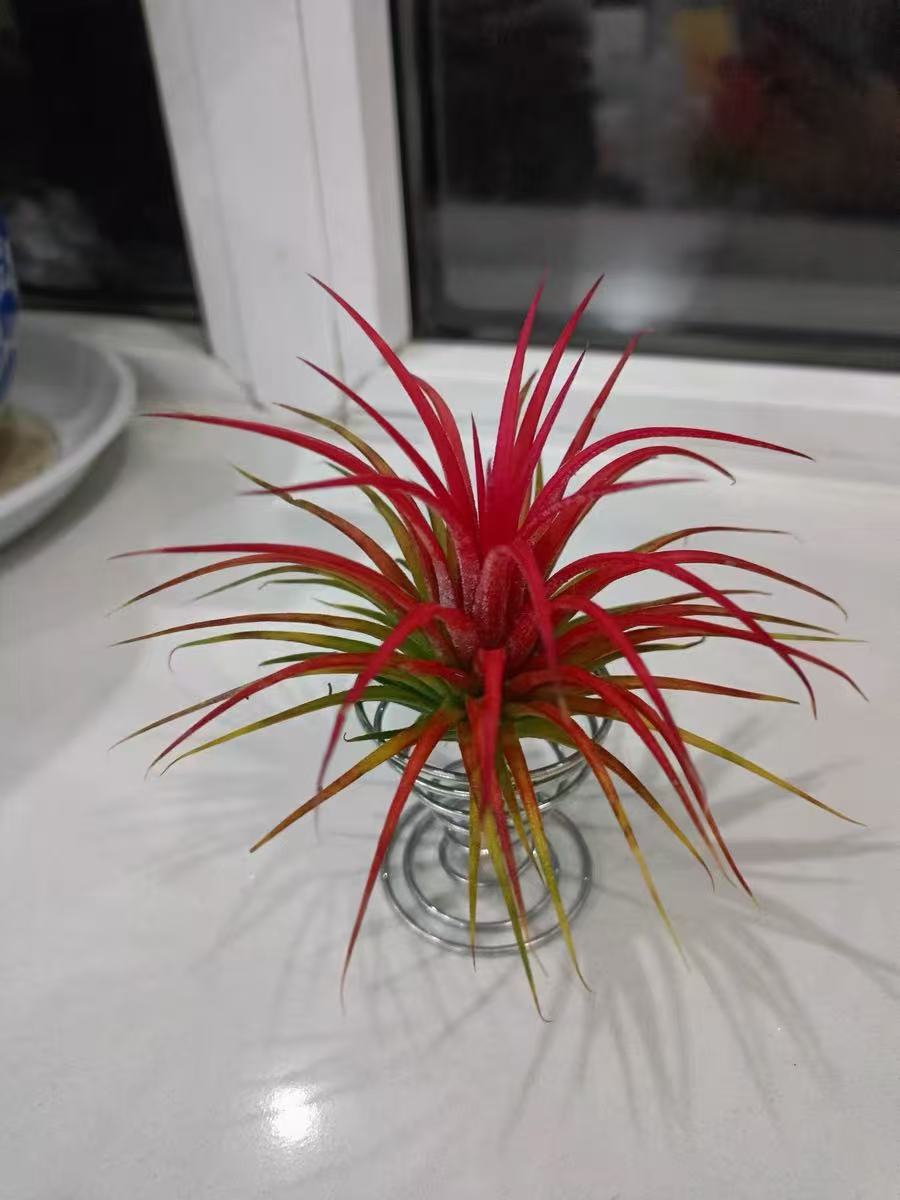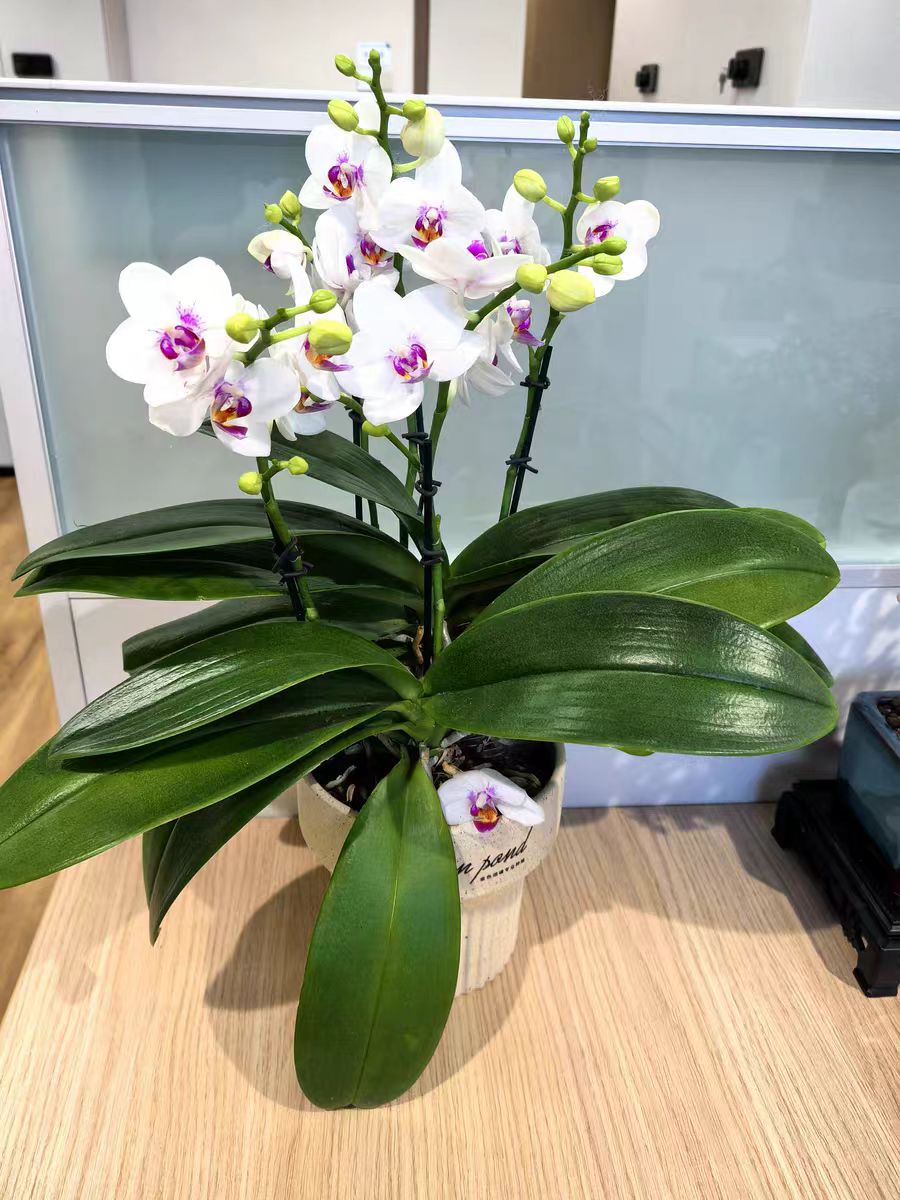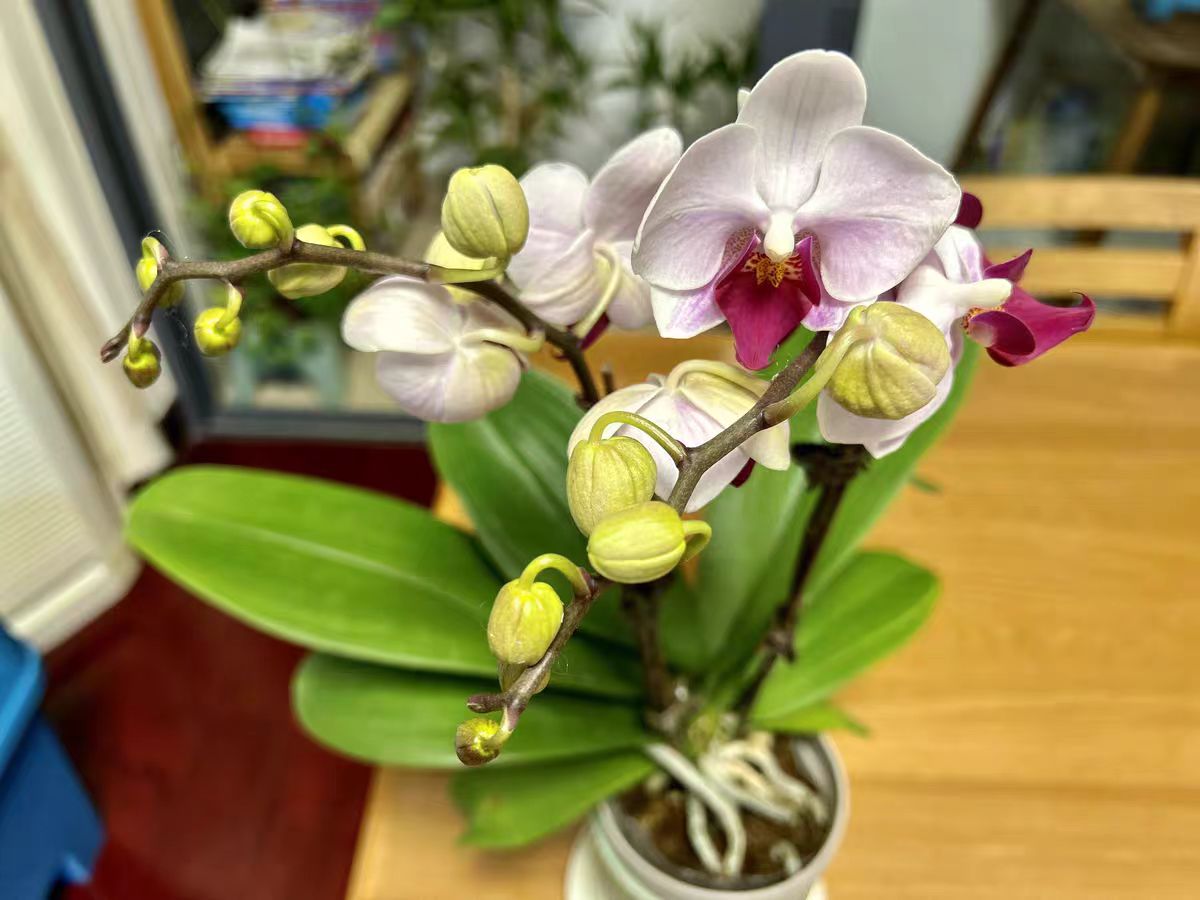In the world of flowers, not all blossoms can thrive in the scorching summer. For flower enthusiasts, knowing which flowers are heat-intolerant and should be avoided in summer is the key to successful flower cultivation. Today, I will share with you a guide on 6 kinds of flowers that should not be cultivated in summer to help you avoid mistakes.
First is Fuchsia. Its flowers are like exquisite little bells, very charming. But it is notorious for being heat-intolerant. Once the temperature exceeds 30°C, it is prone to yellow leaves and wilting. In summer, Fuchsia has great difficulty adapting to the high-temperature and high-humidity environment, and its maintenance is extremely challenging.
Cyclamen persicum is also a "delicate guest" in summer. As the temperature rises, Cyclamen persicum gradually enters a dormant state. At this time, its growth basically stops, and its demand for water and nutrients significantly reduces. If you don't pay attention to controlling watering and fertilization, it is easy to cause the bulb to rot.
Echeveria derenbergii among succulent plants needs to be carefully attended to in summer. It is prone to black rot at high temperatures and is highly sensitive to water. Excessive watering in summer along with a muggy environment will cause Echeveria derenbergii to "wither" quickly. Therefore, summer is a challenging season for Echeveria derenbergii.
Pelargonium hortorum is also not suitable for maintenance in summer. It is prone to pests and diseases at high temperatures, especially stem rot. A little inattention may lead to the death of the plant. Moreover, the growth rate of Pelargonium hortorum is slow in summer, and the flowering effect is also not good.
Although Marguerite can bloom into flower balls in spring, summer is its "nightmare". High temperatures will cause its growth to stagnate, the plants are prone to lodging, and it is easily attacked by pests and diseases. For novice flower lovers, cultivating Marguerite in summer may bring a lot of frustration.
Finally, there is Begonia × hiemalis. It has relatively strict requirements for temperature and humidity. The high-temperature and high-humidity environment in summer is highly likely to cause various diseases. The leaves tend to turn yellow and rot, and the flowers will wither quickly.
In conclusion, flower cultivation requires conforming to the nature of the flowers and understanding their preferences and fears. Avoiding these heat-intolerant flowers and choosing varieties more suitable for summer maintenance can keep our gardens vibrant in summer. I hope this guide to avoiding mistakes can help you avoid detours on the road of flower cultivation and fully enjoy the beauty brought by flowers.
6 Kinds of Flowers Not Suitable for Cultivation in Summer

Share with
Tagged in :




Leave a Reply